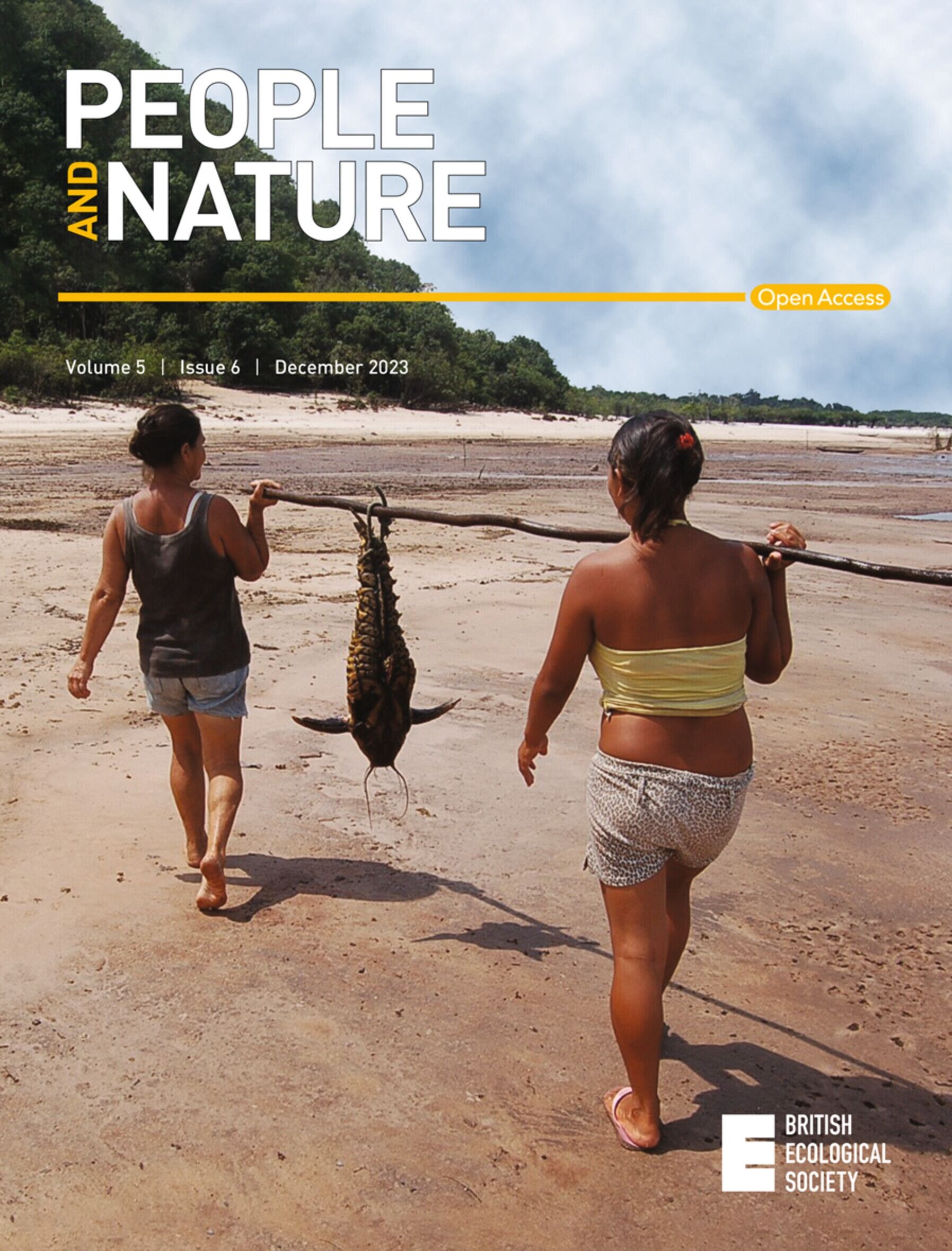The perceived ecological and human well‐being benefits of ecosystem restoration
IF 4.9
1区 环境科学与生态学
Q1 BIODIVERSITY CONSERVATION
引用次数: 0
Abstract
Traditionally, ecosystem restoration has focussed on standard ecological indicators like water or habitat quality, species population abundance or vegetation cover to determine success. However, there is growing interest in how restoration might impact people and communities. For example, researchers have documented positive socio‐ecological links between restoration and human well‐being indicators like property value, natural hazard mitigation, recreation opportunity and happiness. Furthermore, public health benefits from restoration have been linked to public support for programmes. Drawing from this research, the United Nations declared 2021–2030 the ‘Decade of Ecosystem Restoration’ and set a goal to promote more socio‐ecological goals in ecosystem restoration. Nonetheless, there is still a lack of information on the extent to which restoration practitioners consider well‐being because many granting programmes only require ecological goals and monitoring. To explore how restoration practitioners design, implement and measure the success of their projects, we used the federally funded Great Lakes Restoration Initiative (GLRI) as a case study. Since 2010, GLRI has awarded over $3.5 Billion to over 5300 projects across the midwestern United States, but it does not presently require human well‐being considerations. We performed an online survey targeting project managers with a sample of GLRI projects (N = 1574). We received 437 responses and found that almost half set a human well‐being goal, and more than 70% of those who did believe they reached it. In comparison, 90% of project managers believed they met their ecological goals. These documented perceptions of positive impacts for both people and nature suggest that restoration may already transcend traditional indicators and monitoring for socio‐ecological metrics could capture many ‘unseen’ benefits. Therefore, we recommend that ecosystem restoration programmes adopt a socio‐ecological lens to document the full extent of their restoration outcomes. Read the free Plain Language Summary for this article on the Journal blog.生态系统恢复对生态和人类福祉的益处
传统上,生态系统恢复主要通过水质或栖息地质量、物种数量或植被覆盖率等标准生态指标来确定成功与否。然而,人们对恢复如何影响人类和社区的兴趣与日俱增。例如,研究人员记录了恢复与财产价值、自然灾害缓解、娱乐机会和幸福感等人类福祉指标之间的积极社会生态联系。根据这些研究,联合国宣布 2021-2030 年为 "生态系统恢复十年",并制定了在生态系统恢复中促进更多社会生态目标的目标。然而,由于许多资助计划只要求生态目标和监测,因此仍然缺乏有关恢复实践者在多大程度上考虑福祉的信息。为了探索恢复实践者如何设计、实施和衡量其项目的成功,我们将联邦政府资助的大湖恢复计划(GLRI)作为案例研究。自 2010 年以来,GLRI 已向美国中西部地区的 5300 多个项目提供了超过 35 亿美元的资金,但目前并不要求考虑人类福祉。我们针对 GLRI 项目(N = 1574)的项目经理进行了在线调查。我们收到了 437 份回复,发现近一半的人设定了人类福祉目标,其中超过 70% 的人认为他们已经实现了这一目标。相比之下,90% 的项目经理认为他们达到了生态目标。这些记录的对人类和自然产生积极影响的看法表明,恢复可能已经超越了传统指标,对社会生态指标的监控可以捕捉到许多 "看不见的 "效益。因此,我们建议生态系统恢复项目采用社会生态学视角来全面记录其恢复成果。
本文章由计算机程序翻译,如有差异,请以英文原文为准。
求助全文
约1分钟内获得全文
求助全文

 求助内容:
求助内容: 应助结果提醒方式:
应助结果提醒方式:


